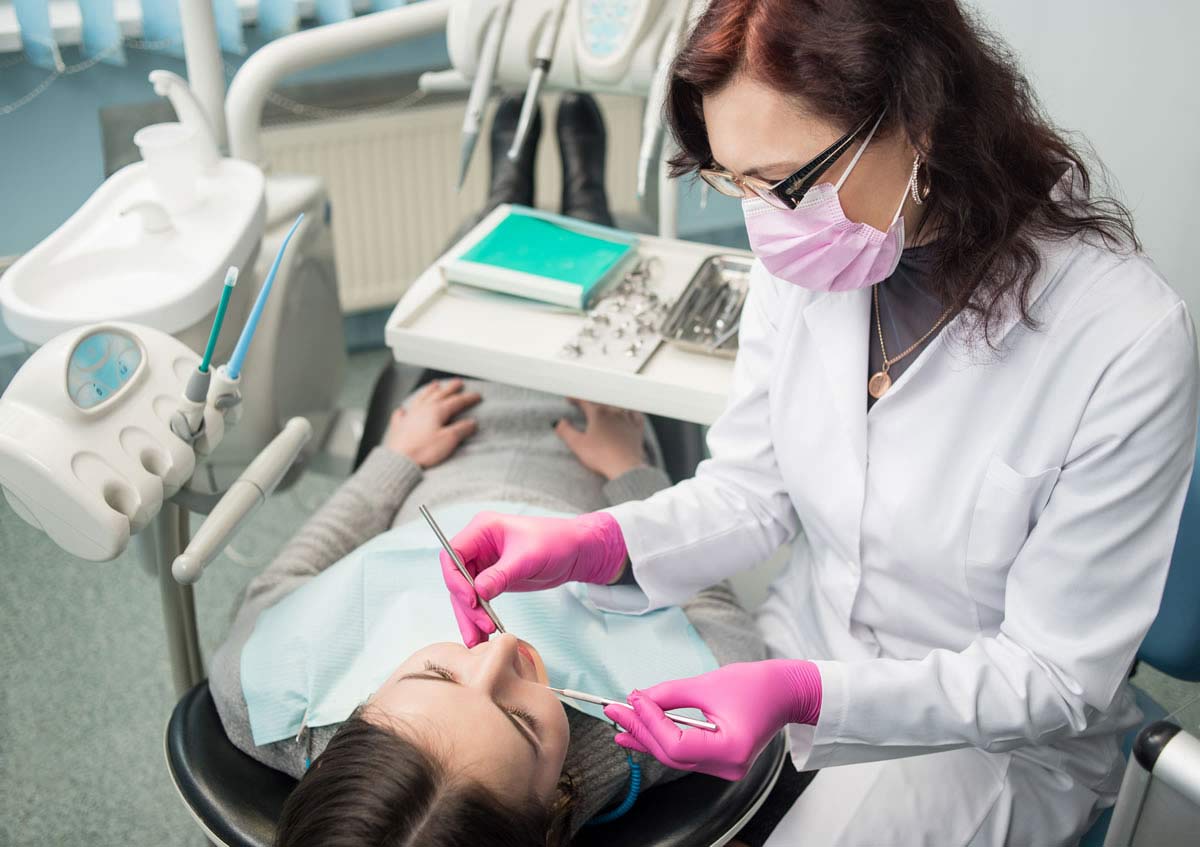Periodontics has the greatest immediate potential for growth due to the amount of periodontal disease amongst our existing patients. Research shows that 60-80% of adults will have some level of periodontal disease, which leaves a tremendous service opportunity and growth center within your practice.
The answers to applying and standardizing the hygiene department in following current standard hygiene process of care, called A.D.P.I.E., isn’t an option in today’s dentistry.
All RDH’s were at some point in their education or continuing education aware and taught the process as a critical component of their professional obligation and licensing.
Is the hygiene department just “a cleaning” department or is it a therapeutic department with consistent protocols for early detection of periodontal disease, (the number one cause of premature tooth loss in adults)?
Does the dental team understand how to identify the risk factors that lead to its etiology such as genetics, lifestyle choices, a diet low in nutrients, smoking / the use of smokeless tobacco, autoimmune or systemic diseases, diabetes, hormonal changes in the body and medication?
Are you providing non-surgical treatment of scaling and root planing, behavioral modification with self-care aids, medicaments and follow up re-evaluation procedures on regular basis with accurate coding and value add fees?
Some questions to ask to determine if your hygiene department is honoring current standards are:
- Do patients value the hygiene visit or do they view it as “just a cleaning”?
- Does the entire dental team understand how oral health fits into overall wellness?
- Is the practice performing documented comprehensive oral evaluations with measurements of the clinical attachment level?
- Do the adult patients of record have documented annual periodontal exams every year?
- Does the hygiene department have clear diagnostic distinctions between health, disease and maintenance for oral health status?
- If a patient has active disease, are we clear on their case type of Gingivitis, early, moderate and advanced Periodontal Disease?
- Is the hygiene team communicating with every patient the status of their supporting structures of bone and gums that hold their teeth in place?
- Does the practice perform root planing, scaling and home care guidelines for patients with active disease?
- What patient education tools, technology and visuals are being used to make sure the patient understands their status and frequency.
- Do patients understand they need the periodontal care and frequency regardless of how many units they have covered or what insurance pays?
- Are patients with disease returning for their revaluation to assess their healing and success of gum therapy?
- Does the practice offer home care aids such as power brushes, interproximal aids, toothpaste etc. in the practice for purchase at a lower professional cost than retail outlets?
- Does the hygienist use the intraoral camera on all patients prior to dentist examination?
- Does the practice have a standard for each patient to order radiographs?
- Is the hygienist billing the accurate units of time the patient is in the chair?
- Does the hygienist pre-schedule the patient clinically before they leave?
- Do the Doctor and RDH have a professional process for prompting the doctor in recall exams?
- Are hygiene exams generating restorative dentistry that contributes to 80% of the future dentist schedule?
For more information consider our Results Driven Hygiene Fundamentals Workshop April 11 & 12, 2019
All rights reserved. No part of this work may be reproduced in any form, or by any means whatsoever, without written permission from Transitions Consulting Group Inc. If you would like further information about Transitions Group Inc.’s services please telephone 800-345-5157, email: info@tgnadental.com.

